Turkish Lira is the official currency of the Republic of Turkiye and the Turkish Republic of Northern Cyprus. The Central Bank of the Republic of Turkiye is responsible for printing and issuing banknotes as well as managing the exchange rate policy of the country. For duties and responsibilities of the Central Bank, click here.
Turkish Lira had lost value dramatically in the beginning of 2000’s due to high inflation. The cost of sending a postcard, for example, was around 800,000 Lira. The authorities then decided to create a new currency. They removed 6 zeros from the Turkish Lira and, named the new currency New Turkish Lira. As of January 2005, we have been using new banknotes and coins and the old ones are off the circulation.

Yes, we changed old liras years ago. However, many Turkish people didn’t change their old habits and keep referring to new liras with the old terminology. You may still hear somebody, saying he had paid 250 million liras for a t-shirt. Don’t be alarmed! He had actually spent 250 Liras on that t-shirt.
Even if you plan to use your credit or debit card when travelling around Turkiye, you will eventually need Turkish Lira at some point. Exchanging money in Turkiye, especially in touristic destinations, is easy via banks, ATM machines, or exchange offices. The banknotes and coins that you will receive in return are below.
In This Article
Keep in Mind!
Visa and Mastercard are the two commonly used credit card payment systems in Turkiye. Other payment networks like Diners Club and American Express are not widely accessible. I would suggest bringing a Visa or Mastercard with you.
Beware that the Turkish Lira is not just money for Turkish people. It is one of the national symbols of the Republic of Turkiye and its founding father Ataturk. Ripping it up, mocking it or drawing on it may attract local reaction.
Banknotes and Coins
Symbol of the Turkish Lira

Turkish Lira didn’t have a symbol before 2012. The ₺ symbol controversially won a nationwide design competition. Discussions based on the similarities of the new symbol with the other currency symbols are still on, even after all these years. Personally, I find those discussions useless. For better or worse, we have a new symbol, and it is ₺.
Still, the new symbol has not become very popular among people so far. Many retail shops, hotels and restaurants use the new sign on their price lists, but most people seem to prefer traditional representation of Turkish Lira which is simply TL. It is the abbreviation for Turk Lirasi.
In written Turkish, ₺ symbol is placed before the amount without leaving a blank (i.e., ₺100). On the other hand, the abbreviation form comes after the number (i.e., 100 TL).
Turkish Banknotes
As of July 2022, there are 6 different banknotes in the circulation. The biggest one is ₺200, followed by ₺100, ₺50, ₺20, ₺10, and ₺5. I think we may need a bigger banknote soon, though. Turkish Lira has been losing value since the beginning of the pandemic and we are struggling in a 3-digit, high inflation period at the time of writing.
Please note that the condition of a banknote is important. Check all the banknotes upon receiving. It is okay to have a worn-off banknote in your pocket, but it has to be a whole banknote without any missing parts like torn edges. You also need to avoid banknotes with pencil marks and drawings as much as possible. Banknotes in very poor condition, have the risk of rejection by vendors.
If you somehow receive a damaged banknote by mistake, visit a bank for a free replacement. All banks in Turkiye are eligible to change damaged banknotes as long as more than half of the banknote is not missing. If a bank rejects your replacement request, visit a Ziraat Bankasi, Vakif Bank or Halk Bank which are state-owned banks with more than 3,000 branches nationwide.
Turkish Coins
We have 6 different coins, and they are ₺1, 50 Kurus, 25 Kurus, 10 Kurus, 5 Kurus and 1 Kurus. 1 Turkish Lira is equal to 100 Kurus, or krs.

Due to high inflation, the usage of kurus is almost over. You may even not see any of them but will see 50 kurus and 1 TL during your stay.
Probably the planet’s – and Turkiye’s – most famous marketing mumbo jumbo is “it is not ₺10, it is just ₺9.99”. I don’t know how it is in your country but here in Turkiye, don’t bother to expect receiving that 1 Kurus after handing over ₺10. I haven’t seen any 1 Kurus – or 5 Kurus and 10 Kurus – for a long time.
If you are from the Euro zone, be careful about ₺1 coin since it is very similar to €1 and can be easily confused with €1 in shape and colour. Avoid using Euros instead of Liras.

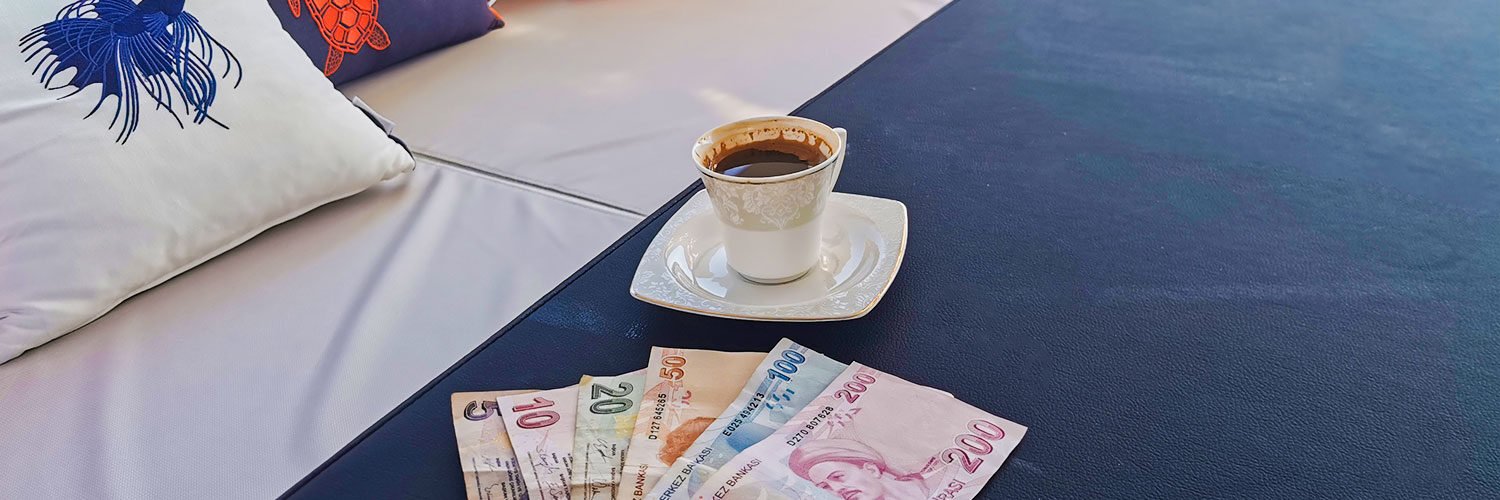

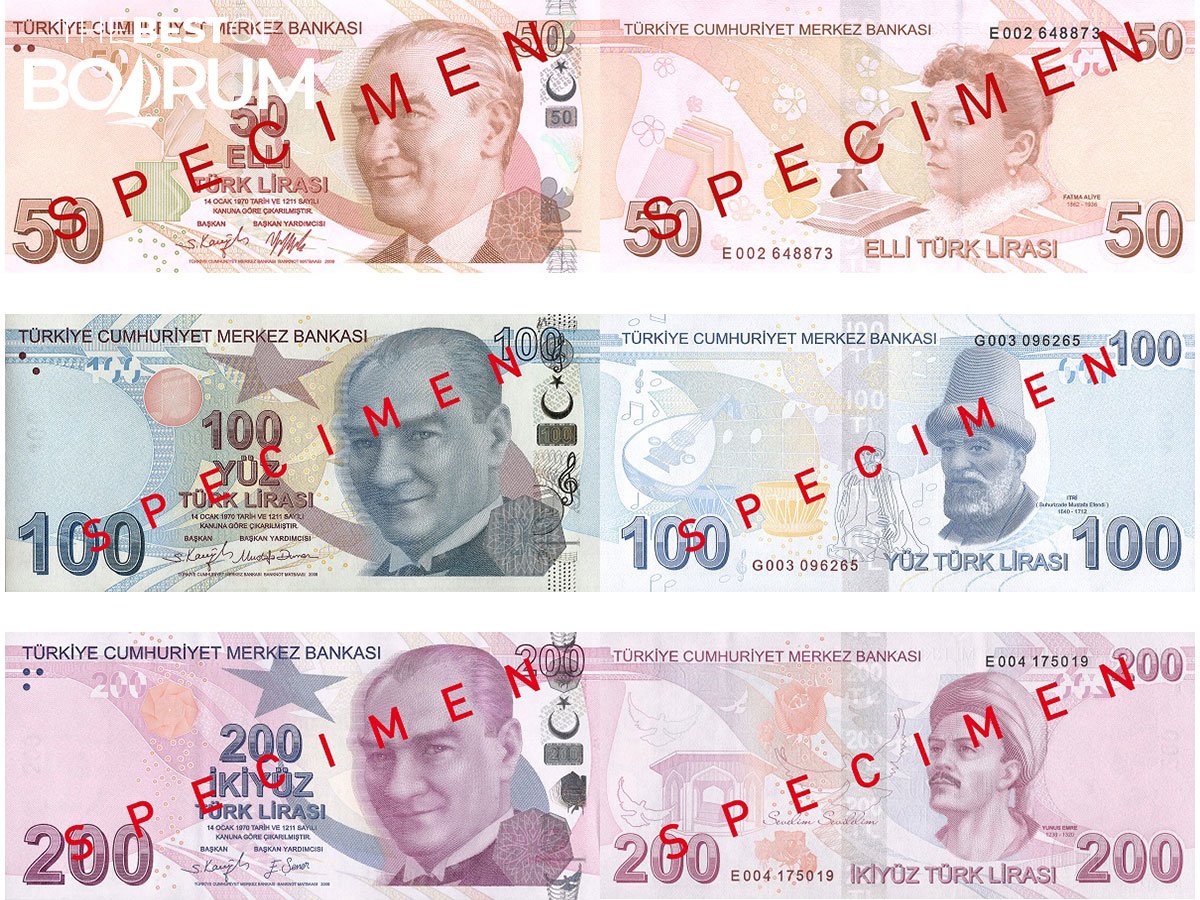
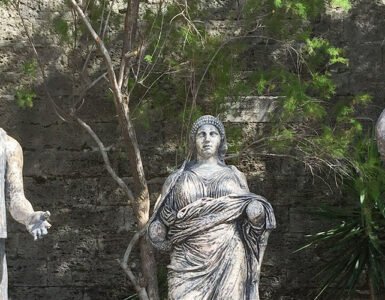
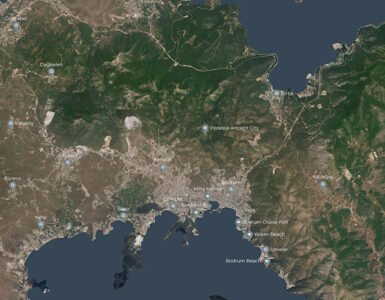
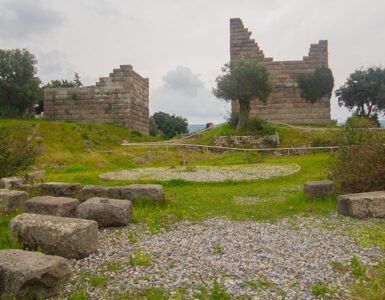










Add comment